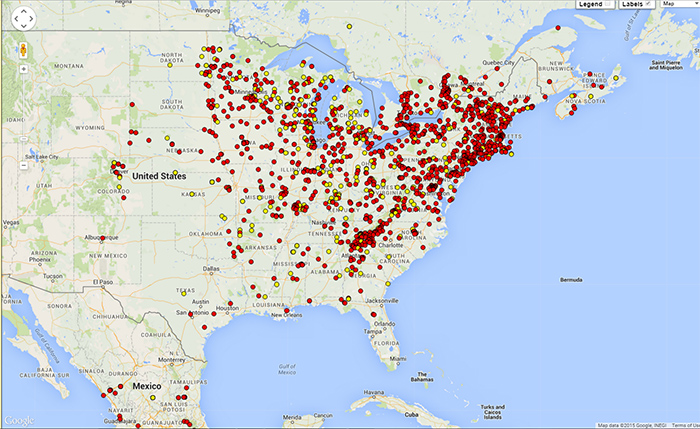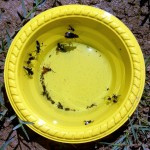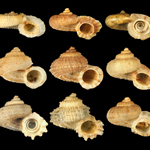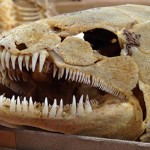We frequently give tours of the Triplehorn Insect Collection to school groups, families, etc. Since most entomologists like to talk about their insects, that’s usually a fun time for me. It is also a great time to flex my General Entomology muscles. Visitors ask lots of questions, some of them interesting (How many ants are there in an ant’s nest? Do young cicadas sing underground?), some funny (Do you eat bugs every day?), some actually very difficult to answer (How many bugs are there in the world right now, how much do they weigh, and how do you know? How come you don’t have a list of all insect species in the world?).
During a recent tour of the collection, after my brief intro on the history and structure of the collection, an 8-year old visitor asked me point blank: ‘If all the bugs in the collection are dead & put away in their little boxes, what do you do the whole day?’ Somebody behind me gasped, but I thought that was a good question, especially as I had just told them that we keep our specimens in cabinets, safe from humidity, light, and especially other bugs that might want to try and eat the dead specimens. So I told them that, yes, we keep the insects safe in cabinets, but that’s when they are not being used. And use them we do, a lot!
Much of what we know about the natural world comes from museum specimens. Scientists use the specimens and the data associated with them to answer many basic questions such as:
- Where can you find this (species of) wasp? – museum specimens have labels attached to them that contain locality information. The geographic coordinates for the locality can be plotted on a map like the one below. Data for multiple specimens of a species help us understand the geographic distribution of the species.
- When is the best time of the year to find that wasp? – specimen labels may contain a date of collection, which then may help pin-point the time of the year the species can be found in a specific place.
With locality and date of collection alone we can already learn a tremendous amount about that species of wasp. For some areas, we can look up weather reports from that exact day and see if it was raining that day, what the average, the maximum and minimum temperatures were, also the barometric pressure, and other environmental factors that may (or may not) affect the species.
Labels may provide information on the way the specimen was collected (examples: by hand at light; using traps like a Malaise (below, middle), or yellow pans (below, right)), and the kind of vegetation (forest, grassland, prairie, etc.) encountered in the area it was collected.
Sometimes labels also include information on what the specimen was feeding on, burrowing in, coming out of, what other species it was associated with, and more. It is quite amazing how much valuable information insect collectors manage to squeeze onto a tiny piece of paper!
The label information found on museum specimens is extremely valuable data for scientists trying to learn about a species and to start assessing the impact of environmental changes on living organisms.
Now, back to the young visitor’s question: ‘What do we do the whole day?’ One of the major responsibilities of a curator (= caretaker) is to make specimens and specimen data available for scientific study. That can be done either by carefully packaging and sending the specimens on loan to a scientist, or, more recently, by databasing the specimen information and making it available online to the scientific community and the general public. Either way, that involves a lot of work, particularly in a large — we hold about 4 million dry specimens — and, relatively old — we just turned 80 in 2014 — collection like the Triplehorn. It is not uncommon for us to loan 3,000 specimens to one scientist. The largest loan we sent out to date contained 28,000 specimens – we worked on the preparation of that loan for months! We also welcome scientists who want to come on research visits to the collection.
So, just making the specimens and the specimen data available to the scientists is a lot of work. We could stop right there and we would still be very busy every day of the week. But we don’t stop there, oh no! The collection keeps growing in various ways.
- Scientists deposit voucher specimens of their research with us — that’s actually one of our main missions, to house and preserve vouchers of scientific studies so other scientists can examine those specimens if and when they need to.
- Private insect collectors also donate their collections to us — just last month we were presented with the late Steve Sommer Collection of butterflies and moths from Ohio and the Midwest, about 1,000 specimens.
These new arrivals are placed in a -40°C freezer for several days to kill any potential pests that might be infesting the specimens. Next they are examined for damage, and even sometimes fixed — broken parts are glued to a card or put away into tiny vials or gel caps. After this basic upkeep work is done, we add the specimen data into our database — sounds simple, but there are many steps to that operation, and, you guessed, a lot of work involved. Finally, we add the specimens to the main collection.
I won’t get into details of the curatorial or the databasing work here, but in case you are interested, you can read about it in the collection’s blog, the Pinning Block, and follow our posts on our Facebook page.
Oh, and did I mention we collect? Yes, we collect new specimens for our own research (in my case, and Dr. Johnson’s, it is parasitoid wasps), or to fill in the gaps we have in the collection. That’s a big source of growth and (guessed righ again?) more work!

Dr. Norman Johnson, Director of the Triplehorn Insect Collection, collecting parasitoid wasps in South Africa.
Newly collected specimens are always being prepared, dried, mounted, labeled, databased, and added to the collection. These specimens will one day be studied by scientists and maybe even be described into a new species. In the meantime it is up to the curatorial staff of the collection to keep them safe and accessible. And that’s an entirely new post. Keep tuned!
About the Author: Dr. Luciana Musetti is the Curator of the Triplehorn Insect Collection at Ohio State University. All photos are courtesy of the author.
Thanks to Norman Johnson & Gisele de Souza da Silva for careful review and thoughtful suggestions.














